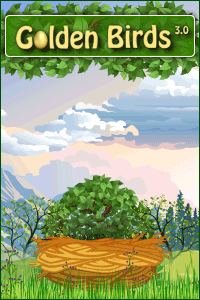Past Perfect Continuous Form
The past perfect continuous is composed of two elements - the past perfect of the verb
to be (=had been) + the present participle
(base+ing).
Examples
| Subject | had been | verb-ing |
| I | had been | walking |
| Affirmative |
| She | had been | trying |
| Negative |
| We | hadn't been | sleeping |
| Interrogative |
| Had you | been | eating |
| Interrogative negative |
| Hadn't they | been | living |
Example: to buy, past perfect continuous
| Affirmative | Negative | Interrogative |
| I had been buying | I hadn't been buying | Had I been buying? |
| You had been buying | You hadn't been buying | Had you been buying |
| He,she,it had been buying | He hadn't been buying | Had she been buying? |
| We had been buying | We hadn't been buying | Had we been buying? |
| You had been buying | You hadn't been buying | Had you been buying |
| They had been buying | They hadn't been buying | Had they been buying |
Past Perfect Continuous: Function
The past perfect continuous corresponds to the present perfect continuous, but with reference to a time earlier than 'before now'. Again, we are more interested in the
process.
Examples
- Had you been waiting long before the taxi arrived?
- We had been trying to open the door for five minutes when Jane found her key.
- It had been raining hard for several hours and the streets were very wet.
- Her friends had been thinking of calling the police when she walked in.
This form is also used in
reported speech. It is the equivalent of the past continuous and the present perfect continuous in direct speech:
- Jane said "I have been gardening all afternoon."
 Jane said she had been gardening all afternoon.
Jane said she had been gardening all afternoon.
- When the police questioned him, John said "I was working late in the office that night."
 When the police questioned him, John told them he had been working late in the office that night.
When the police questioned him, John told them he had been working late in the office that night.
 Jane said she had been gardening all afternoon.
Jane said she had been gardening all afternoon. When the police questioned him, John told them he had been working late in the office that night.
When the police questioned him, John told them he had been working late in the office that night.























0 comments